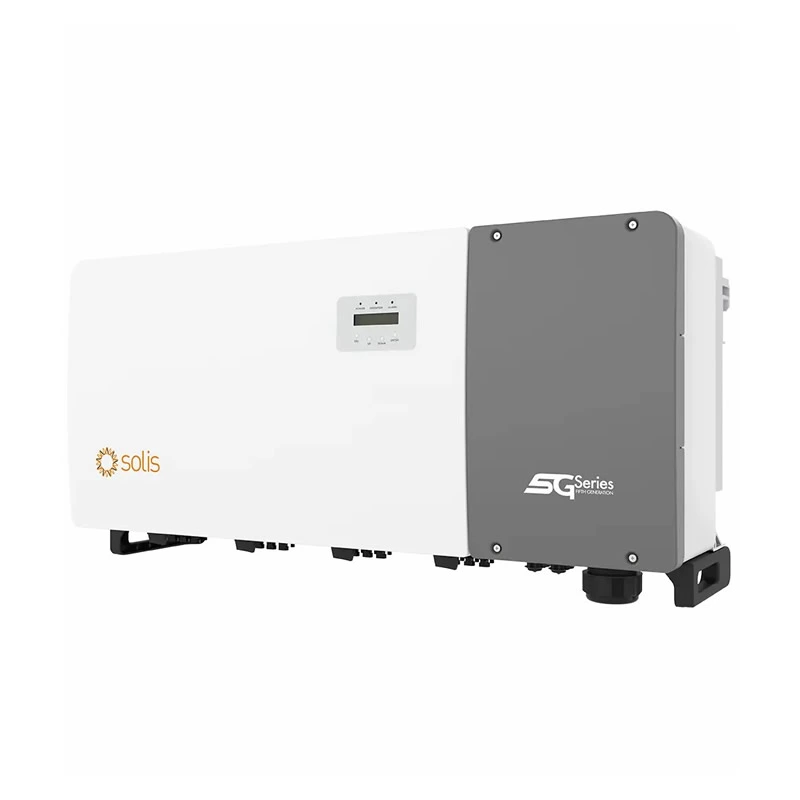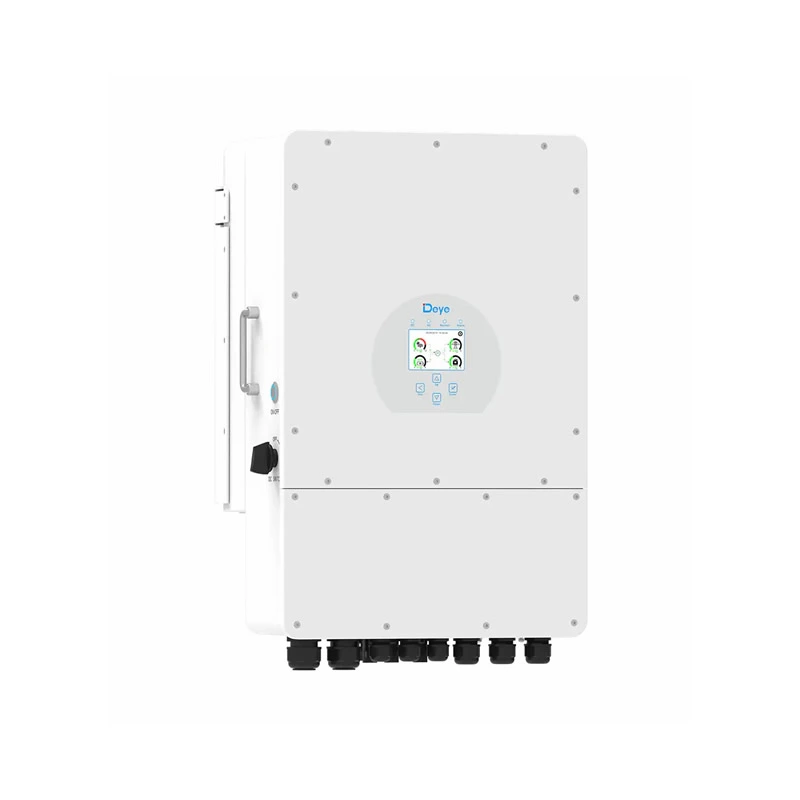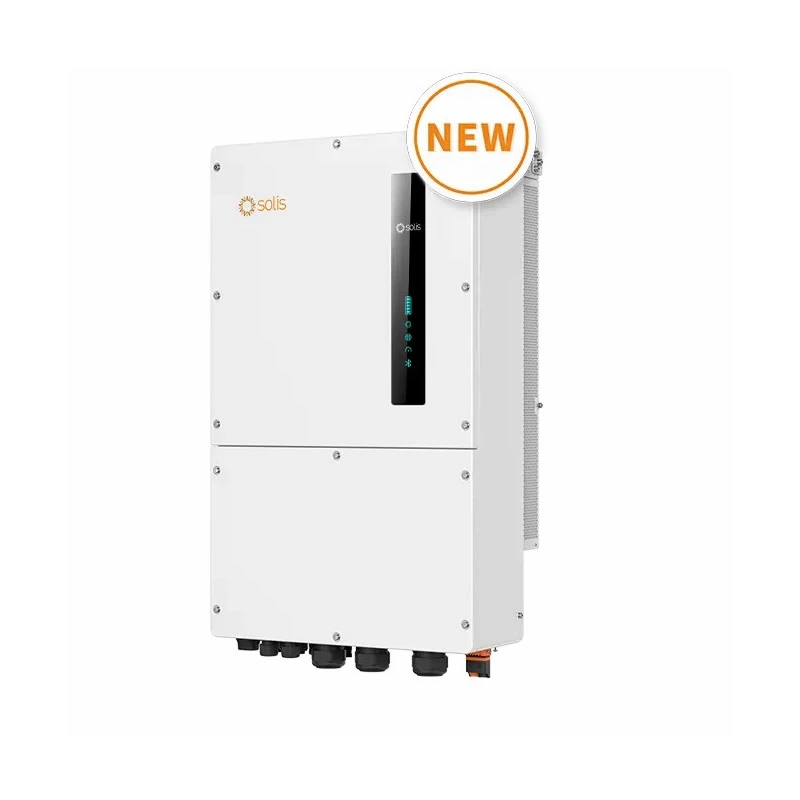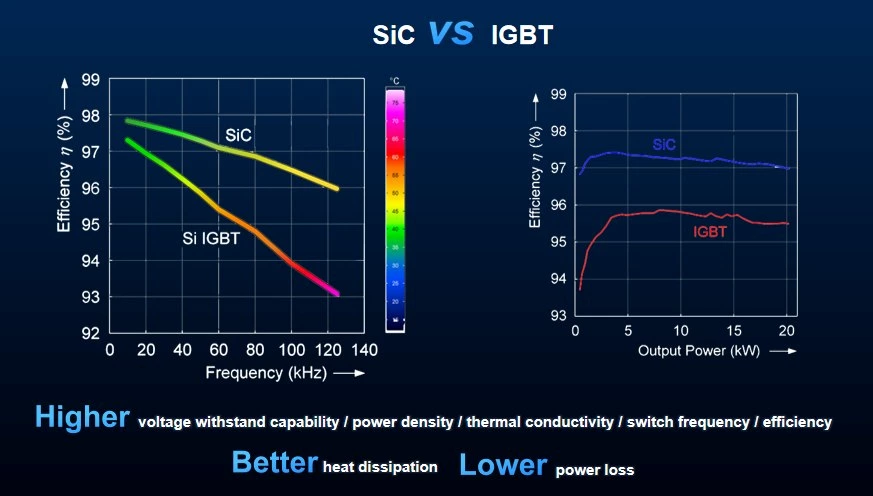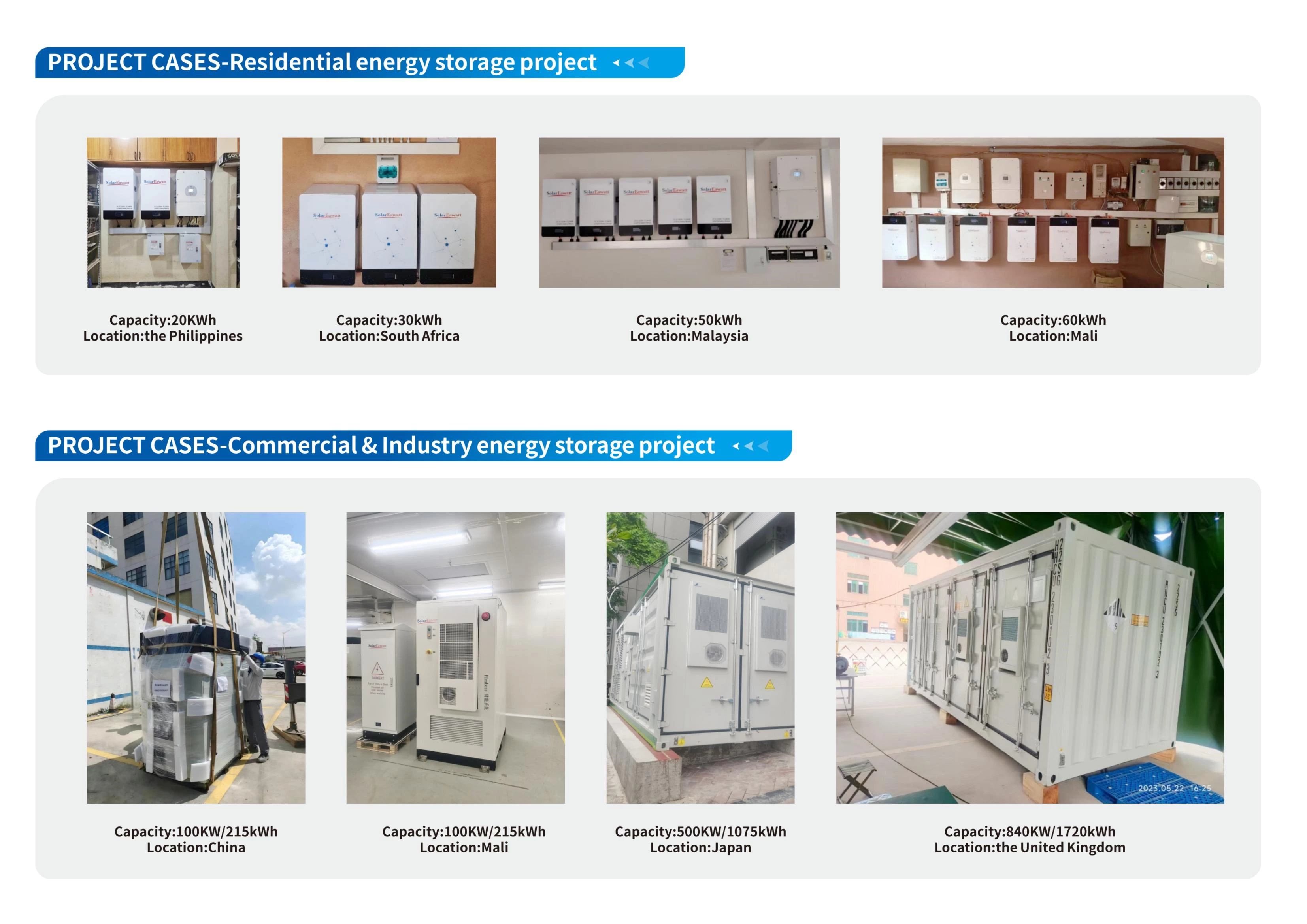ATS (Automatic Transfer Switch) and STS (Static Transfer Switch) difference-SolarEawatt
ATS (Automatic Transfer Switch) and STS (Static Transfer Switch) differ in functions, working principles, application scenarios, etc.
Main Differences
Functions and Principles
ATS: It is mainly used for the automatic switching between two power sources.
When one power source fails (such as power outage, abnormal voltage, etc.),it can automatically switch the load to the other normal power source to ensure continuous power supply to the load. Its switching process usually takes a certain amount of time, generally ranging from dozens of milliseconds to several seconds. ATS realizes power switching through mechanical mechanisms, and common types include electromagnetic and electric ones.
STS: It is used for fast and uninterrupted switching between two power sources. It uses solid-state electronic components and realizes power switching by turning on and off semiconductor devices such as thyristors. The switching time is extremely short, usually within a few milliseconds, and it can almost be regarded as instantaneous, providing uninterrupted power supply for loads that are very sensitive to power interruptions.
Switching Speed
ATS: The switching speed is relatively slow because the action of its mechanical mechanism takes some time. It is suitable for some loads that are not very sensitive to power interruptions and can tolerate a short power outage.
STS: The switching speed is extremely fast and can complete the power switching in an extremely short time. It is suitable for critical loads that cannot tolerate any momentary power outage, such as servers in data centers and life support systems in medical equipment.
Reliability
ATS: The mechanical structure is relatively complex. After long-term use, problems such as mechanical wear and contact oxidation may occur, affecting the reliability of switching. However, with regular maintenance and upkeep, a high level of reliability can also be ensured.
STS: Since it uses solid-state electronic component
